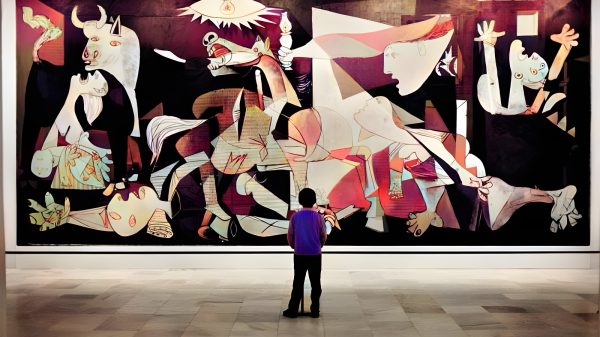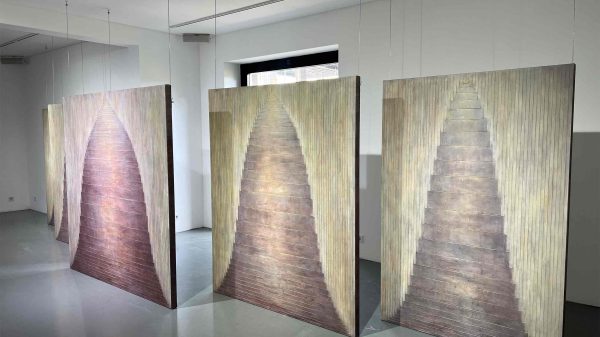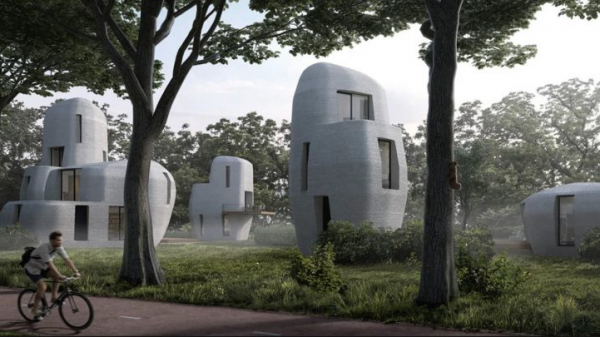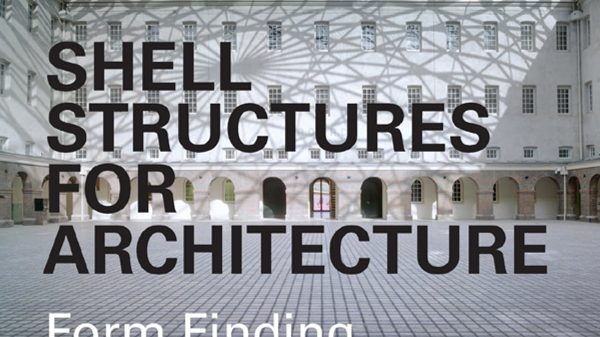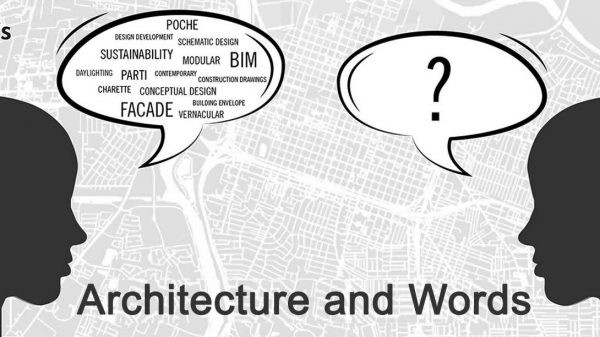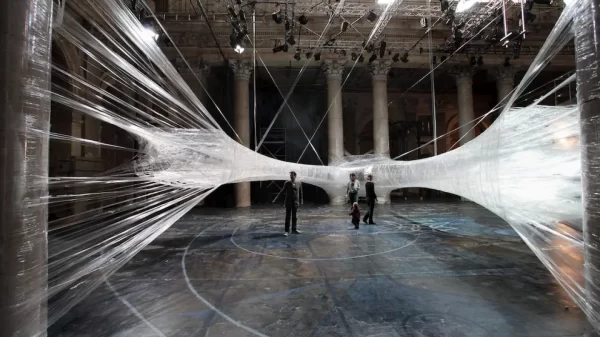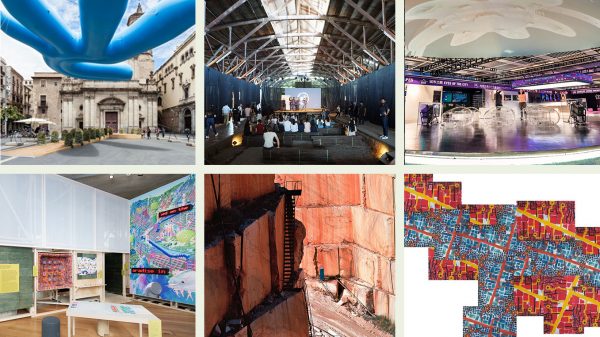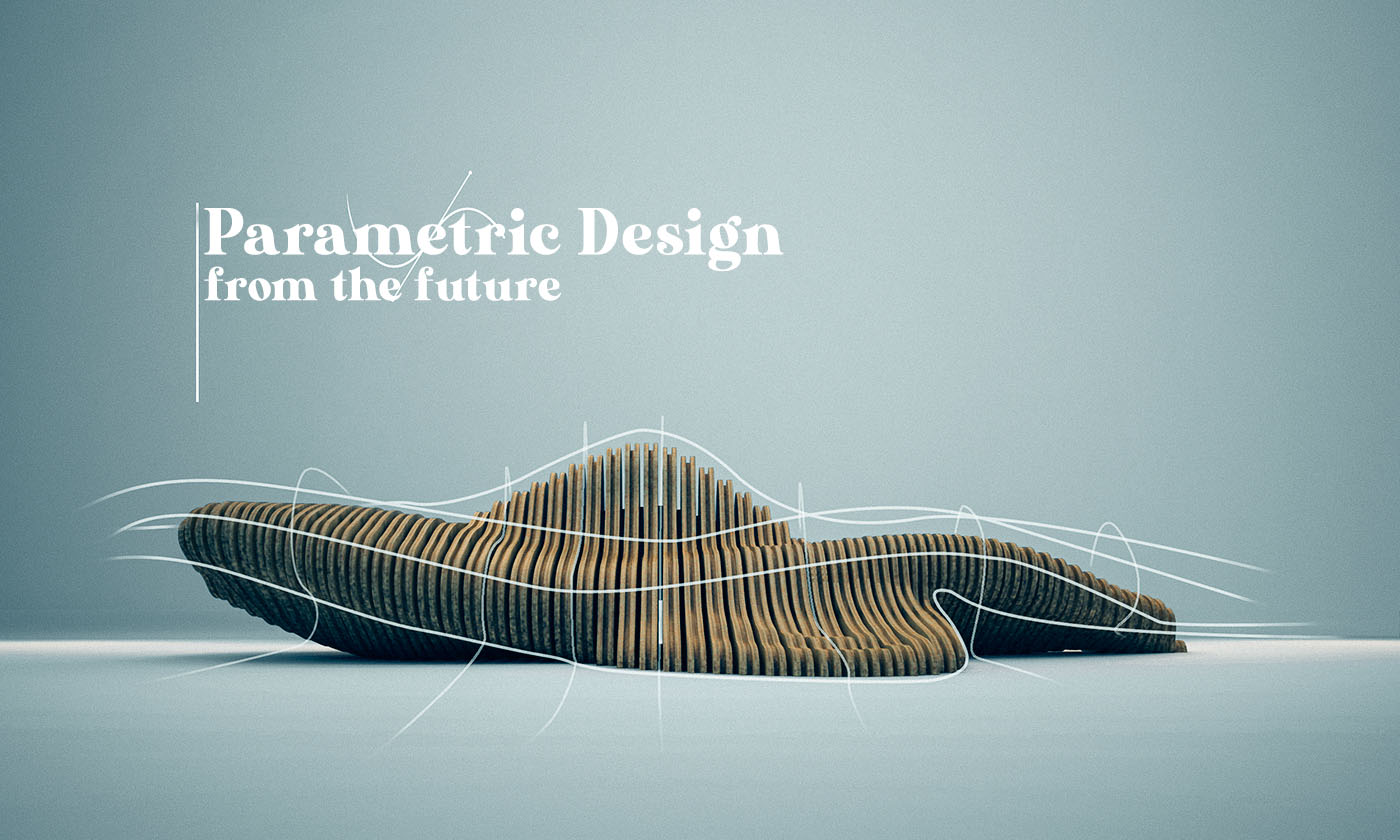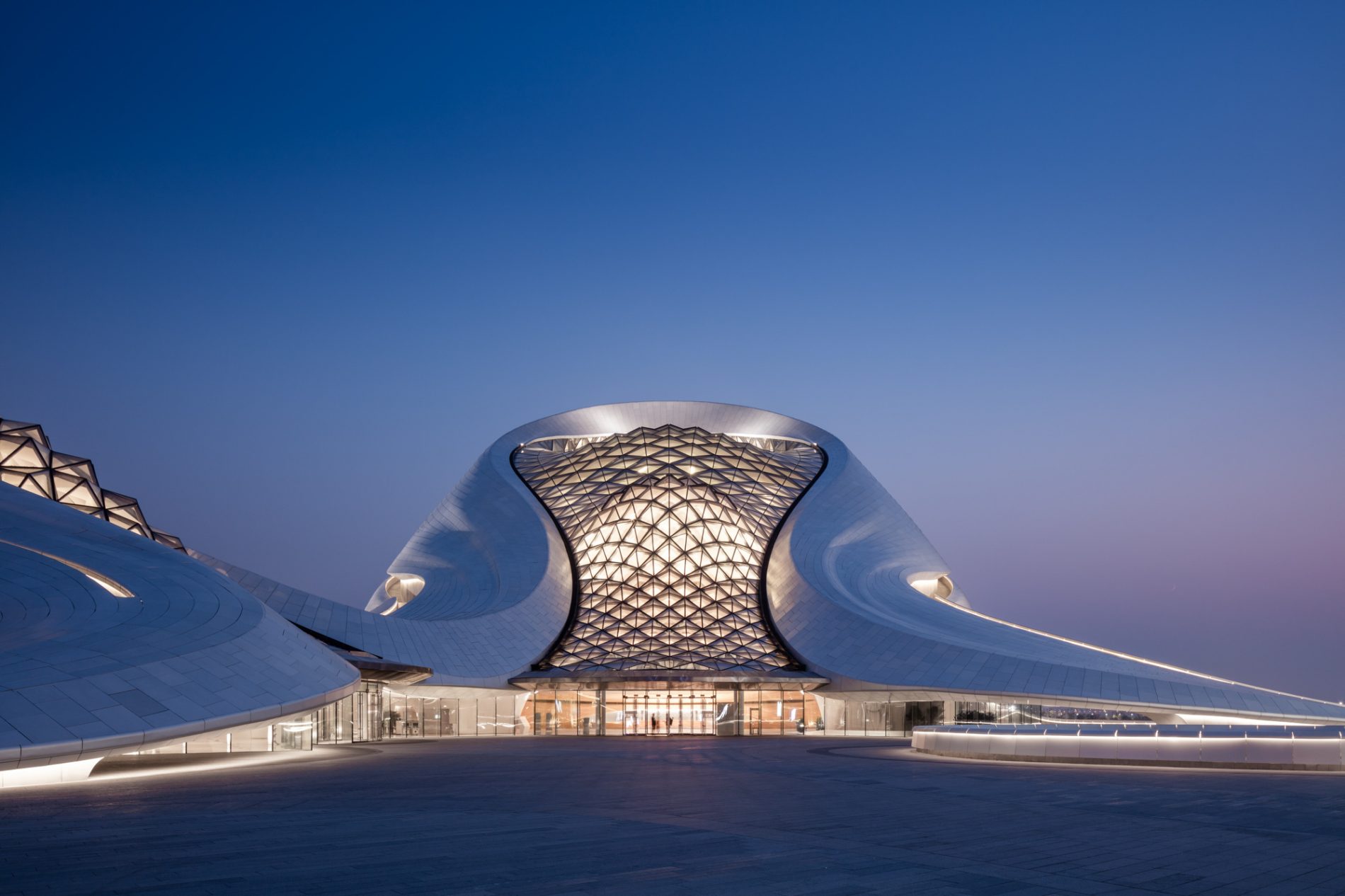
Harbin Opera House. Big fan of Ma Yansong
The inevitable refinement of design processes, fueled by prototyping in an exclusively digital space, has allowed engineers and designers to rethink their approaches. Architectural prototyping, 3D modeling, and design, for example, have seen new, daring approaches in the past few decades that are today characterized by “parametric design.” Let’s take a closer look at that phrase and process to see what it means for today’s architects and the future of architecture.
As an algorithm-based method merging the design intent with the design outcome, Parametric design has been the most debated design approach among architects. It catches almost everyone’s attention by forming complicated geometries and structures through the interplay of elements. Therefore, this video explains the popular question of what is parametric design. The video explores the origins of parametric design and its applications, including the earliest instances of parametric design in history, major contributing architects, and the most recent software of the realm.
Indeed, numerous architects assisted in the field of parametric architecture. For instance, Luigi Moretti was the first architect to use the phrase “parametric architecture,” or Frei Otto captured the experimental nature of parametric modeling by his “form-finding” activities derived from soap films and paths.
In recent decades, parametric modeling has found its way into projects through software packages’ scripting interfaces. Most designers benefit from visual scripting interfaces that incorporate diagrams instead of text. Robert McNeel & Associates’ Grasshopper, Bentley Systems’ Generative Components, and Revit Autodesk’s Dynamo are the primary visual scripting interfaces based on graphs that map the flow of relations from parameters through user-defined functions, usually resulting in the generation of geometry. With the digital tools used in architecture and design in the twenty-first century, architects have been given the maximum flexibility and expression approaches in a little bit of time.
What is Parametric Design?
The phrase “what’s old is new again” has its place in architecture. However, today’s groundbreaking designs have bucked tradition. Parametric design has particularly rebelled against long-standing guidelines. Patrik Schumacher, who was a partner at Zaha Hadid Architects at the time, coined the term ‘parametricism.’
Straight lines, sharp corners, and acute angles were the lifeblood of former styles. Conversely, parametricism centers on free-form architectural concepts. Sweeping lines, curves, and irregular shapes give each building character. Such designs might look futuristic or even otherworldly.
The following elements define parametric architecture:
- Blending complexity and variety, thus rejecting homogenous utilitarianism
- Shared priorities involving urbanism, interior design, an architectural wonder, and even fashion
- The idea that all design elements are interdependent and adaptable
- A skew towards computerized, algorithmic design processes
Drawing Inspiration from Nature
The “sprawl” of suburbia likely conjures up particular images: rows and rows of “little boxes” that all look the same. Critics can easily point out that today’s residential architecture follows patterns to a fault and that it could even foster environments devoid of individualism. Parametric design offers a potential solution.
Despite this lack of symmetrical uniformity, these parametric structures aren’t lawless amalgams. Parametric designers harken back to nature for inspiration. The Earth’s ecological systems are complex, and systematic patterns emerge throughout certain biomes. Just like forests have diverse flora and coral reefs have distinctive structures (to name two examples), those unique habitats support numerous organisms. Certain plants and marine structures have relationships with others. These natural elements don’t exist in a vacuum.
The same goes for our cities. The vast urban jungles of the city, according to this approach, need to have a systemic approach that adapts to the surroundings, emphasizing form and function that, its proponents argue, is integral to future urban planning.
Examples of Parametric Design in Architecture
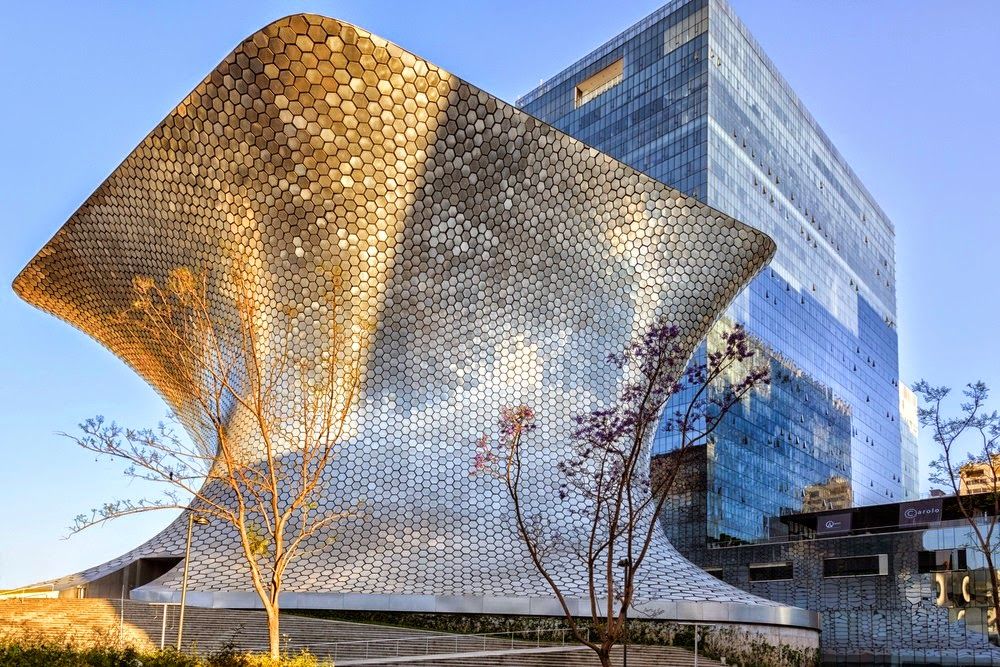
The “Fish” or Peix Olímpic by Frank Gehry in Barcelona, Spain, is one of many parametric buildings by the famed architect. Gehry is known for taking organic shapes to the next level — he even designed a building to resemble a crumpled paper bag.

Zaha Hadid Architects is one of the most widely known examples of an architecture firm that brings large-scale parametrically designed buildings to life. The Galaxy SOHO Mall in Beijing, China, is an office, retail, and entertainment complex with almost no visible corners or sharp edges. Its design evokes the feeling of one continuous space.

French architect Jean Nouvel has designed many buildings using parametric design, one of the most notable being the Louvre Abu Dabi. The building is much more subtle than its skyscraper counterparts, but its intricate dome holds its own.
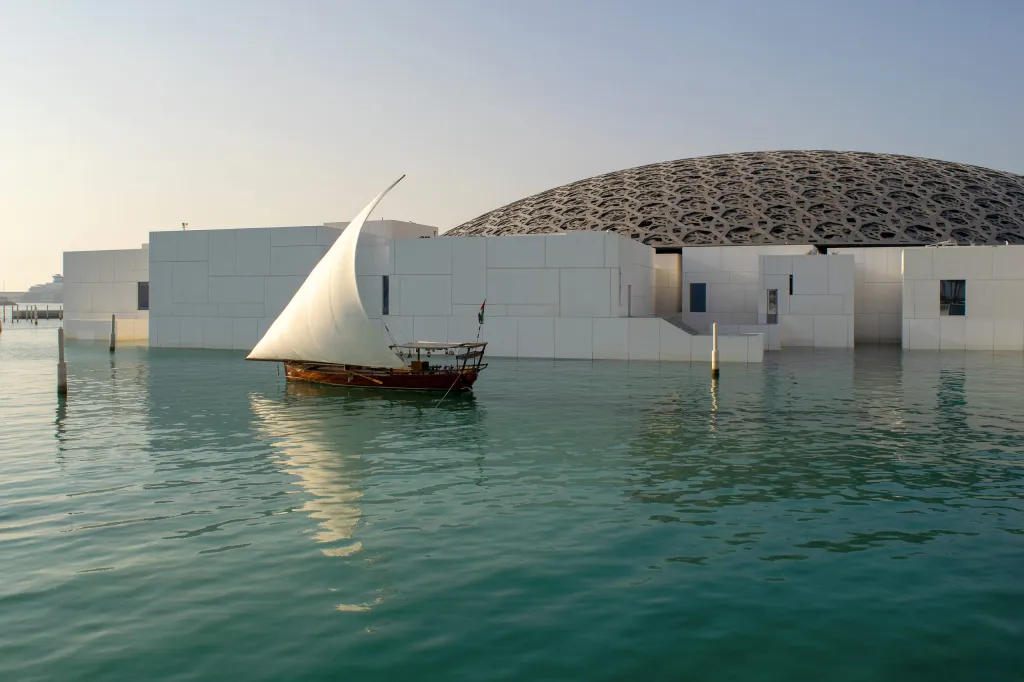
Louvre Abu Dhabi by Jean Nouvel.
Another example of parametric architecture is Santiago Calatrava’s otherworldly design for the World Trade Center Transportation Hub (also known as the Oculus) in New York City. Both its interior and exterior push the boundaries of what architecture can be.
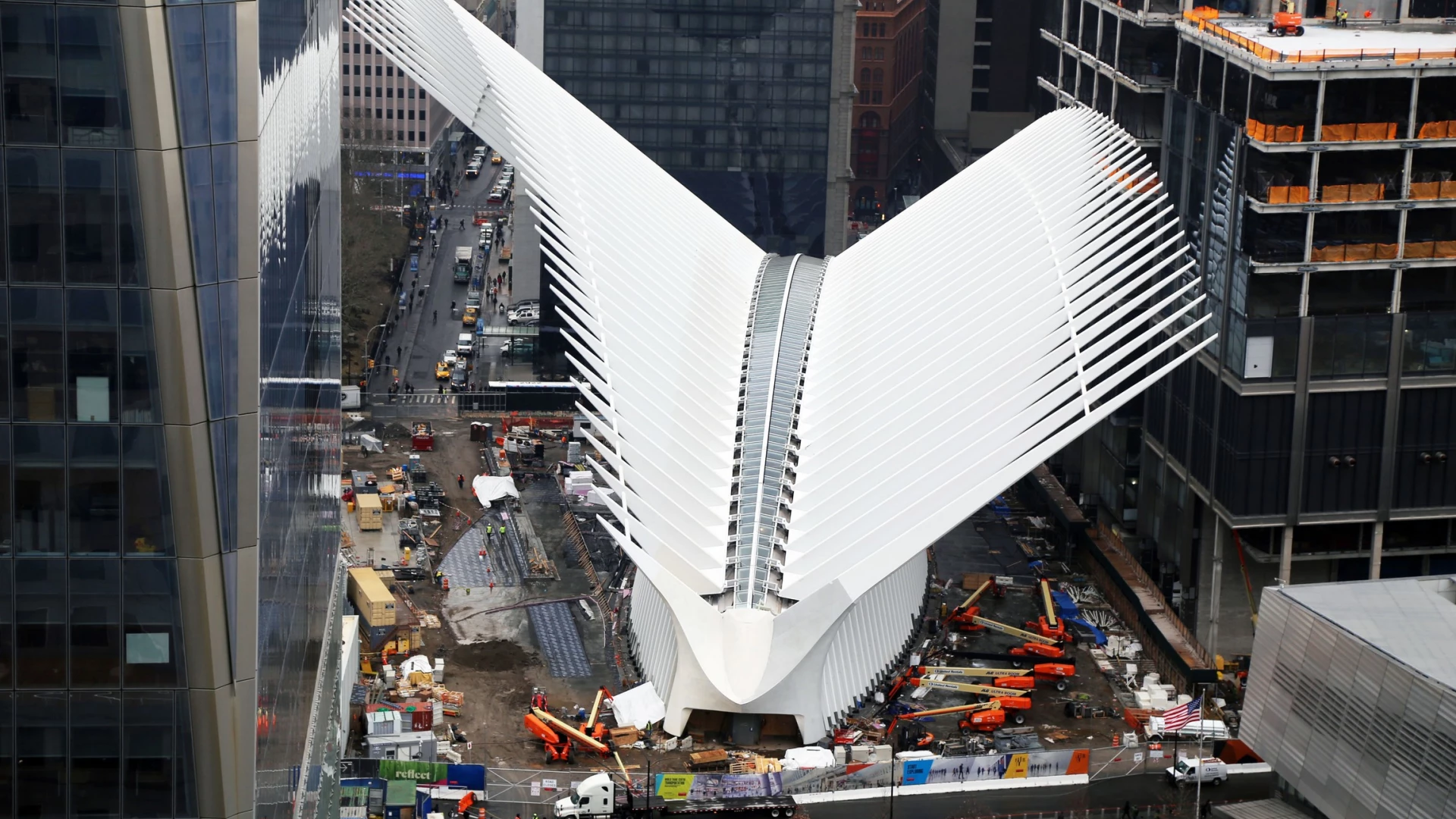
One World Trade Center Transportation Hub/Oculus by Santiago Calatrava.
Reception to Parametric Design
Many architecture students have taken to parametric design because it plays nicely with modern CAD tools. Additionally, the tweaking of various design parameters is relatively simple and allows for quick revisions. Students can also see how core changes impact the entire structure. This highlights a massive parametric design advantage: tedious changes to grouped features (windows, entryways, etc.) can be applied simultaneously, not just individually, saving vast amounts of time.
Because parametric tools use algorithms, it becomes easier to produce intricate designs. Design teams can devise sets of parameters before experimentation. Applications can churn out design candidates with degrees of variance.
CAD tools such as Autodesk Fusion 360 offer many benefits to the modern designer and those looking for time-saving and streamlined methods to complete projects. Fusion 360’s parametric modeling feature is just one of many aspects of the program that architects can lean on to build up state-of-the-art designs and execute unique projects never been done before.
Generative design is another feature within Fusion 360 that can help architects utilize parametric design for design optimization and visualization. A designer simply inputs parameters for a structure, and the form-finding system generates all of the potential structural outcomes. Generative design is a great way to prototype and iterate conceptual ideas before fine-tuning a 3D model by hand.
Criticism and Future Prospects
Detractors, however, state that this can make the architectural design process “soulless.” Modern tools are making Parametricism more approachable — yet they may invite less-experienced designers into the fray and further decentralize a process that should be community-centered.
However, it’s undeniable that parametric architecture challenges our preconceived ideas of what buildings should be. Whether or not parametricism can transform future cities on a grand scale remains to be seen. What is certain is that access to parametric design and the ability to experiment with these concepts in digital space will continue to democratize the architectural design process.
What do you think of this article?
We love your feedback and would to hear your comments!

